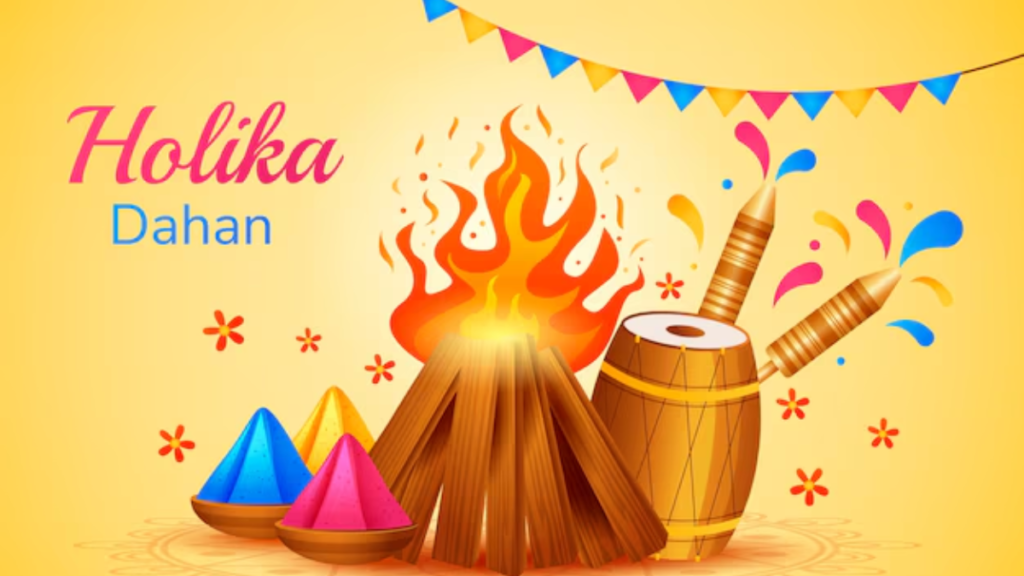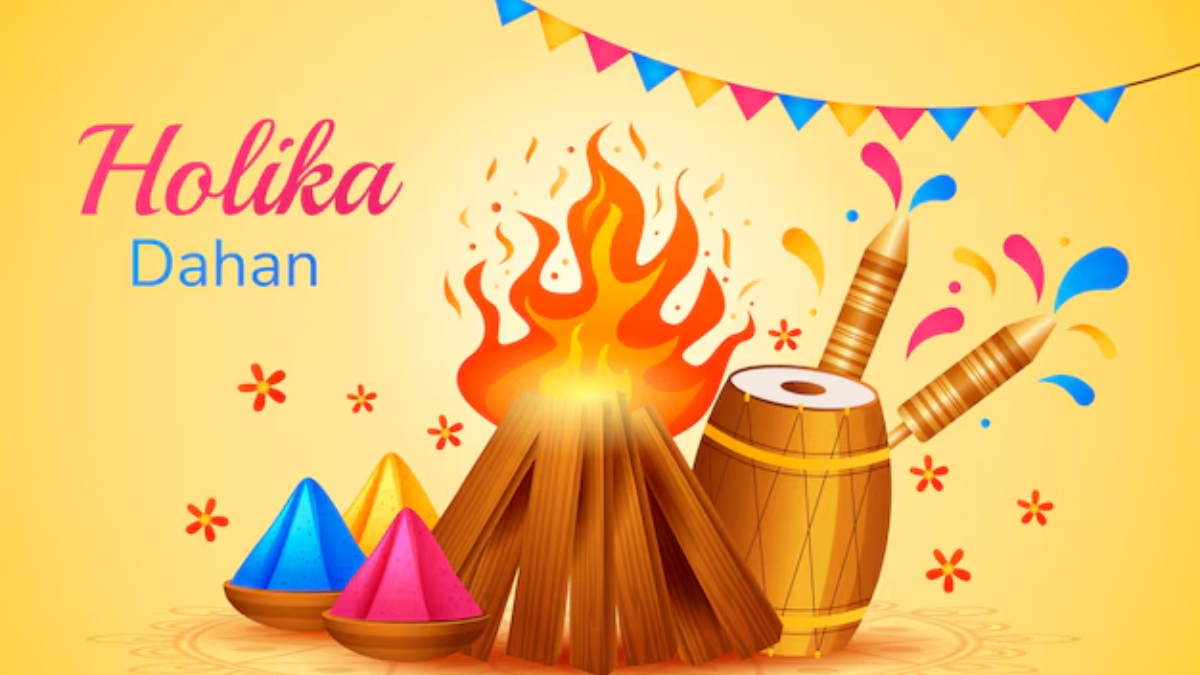
Table of Contents
- Introduction: A Flame of Renewal
- The Legend of Holika Dahan
- Symbolism Behind the Sacred Fire
- Holika Dahan and the Spirit of New Beginnings
- Cultural Celebrations Across India
- Lessons from the Fire: What We Leave Behind
- Welcoming the New Year with Intentions
- Final Thoughts: Letting Go and Lighting Up
1. Introduction: A Flame of Renewal
As winter retreats and spring peeks through the horizon, India lights up with the crackling warmth of Holika Dahan, a festival that marks not only the triumph of good over evil but also the beginning of a brand new year for many. More than just a ritual, it’s a fiery farewell to the past and a glowing invitation to new beginnings.
2. The Legend of Holika Dahan
At the heart of Holika Dahan is an age-old tale from Hindu mythology. The story of Prahlad, a devout follower of Lord Vishnu, and Holika, the sister of the demon king Hiranyakashipu, is one of faith, courage, and divine protection. Despite her boon to withstand fire, Holika perished while trying to burn Prahlad alive—thus symbolizing that deceit and tyranny never triumph.
This tale isn’t just a myth; it’s a metaphor. Every year, as we gather around the pyre, we’re reminded that truth, devotion, and integrity always stand tall.
3. Symbolism Behind the Sacred Fire
The fire of Holika Dahan isn’t just a blaze of sticks and logs. It’s a symbolic incineration of inner demons—ego, envy, fear, and doubt. The bonfire becomes a beacon of cleansing, inviting us to release what no longer serves us.
Ashes fly high into the sky as if carrying away our regrets, pain, and mistakes. What’s left behind is space—space to begin again.
4. Holika Dahan and the Spirit of New Beginnings
Interestingly, Holika Dahan often coincides with the Hindu lunar new year in many parts of India. This overlap transforms the festival from a ritual of remembrance to one of renewal. It’s a moment to pause and reflect:
What do we want to leave behind? What kind of energy do we want to welcome?
It is a spiritual reset, a cleansing flame that prepares the soil of the soul for the seeds of a new season.
5. Cultural Celebrations Across India
From the northern plains to the southern coasts, Holika Dahan is celebrated with local flair:
- In Uttar Pradesh, massive pyres light up village squares with singing and chanting.
- In Maharashtra, families gather for community prayers and the exchange of sweets.
- In Rajasthan, color and fire come together in a spectacular show of tradition and festivity.
- In Gujarat, it signals the start of agricultural cycles, blending spirituality with seasonal rhythms.
Each flame tells a local story, but all speak the same universal language of light conquering darkness.
6. Lessons from the Fire: What We Leave Behind
What does your personal Holika look like? Perhaps it’s a grudge, a toxic habit, or a fear that holds you back. The power of this festival lies in its invitation to actively choose what we burn—not physically, but emotionally and spiritually.
It teaches us that release is a ritual. Letting go can be sacred, healing, and necessary for growth.
7. Welcoming the New Year with Intentions
With the past up in smoke, the new year arrives like a clean slate. This is the time to set powerful intentions, not mere resolutions. Think beyond “what you want to achieve” and ask:
Who do I want to become?
Write your intentions like sacred mantras. Whisper them into the wind. Let the firelight guide them skyward.
8. Final Thoughts: Letting Go and Lighting Up
Holika Dahan isn’t just about a bonfire. It’s about the fire within—that untamed spirit that refuses to settle, that craves growth, and that seeks light even in the darkest nights.
As the flames rise this Holi, let them be more than tradition. Let them be transformation.
Because every ending is a chance for a radiant beginning, and every spark holds the promise of something new.

